Healthcare Applications
The healthcare sector is increasingly recognizing the benefits of bio-glass fibers, which is emerging as a significant driver for the Bio-glass Fiber Market. These fibers are utilized in various medical applications, including tissue engineering and drug delivery systems, due to their biocompatibility and bioactivity. The market for bio-glass fibers in healthcare is projected to grow at a robust pace, with estimates indicating a potential increase of 10% annually. This growth is attributed to the rising demand for advanced biomaterials that promote healing and tissue regeneration. Furthermore, ongoing research into the development of bio-glass fibers with tailored properties is likely to enhance their applicability in innovative medical solutions, thereby expanding the market.
Technological Innovations
Technological advancements play a crucial role in shaping the Bio-glass Fiber Market. Innovations in manufacturing processes, such as improved melting techniques and fiber drawing methods, have enhanced the quality and performance of bio-glass fibers. These advancements enable the production of fibers with superior mechanical properties, making them suitable for a wider range of applications, including aerospace and medical devices. Market data indicates that the adoption of advanced technologies could potentially increase production efficiency by up to 30%, thereby reducing costs and improving profitability for manufacturers. Furthermore, ongoing research into the integration of bio-glass fibers with other materials is likely to open new avenues for product development, further driving market growth.
Sustainability Initiatives
The increasing emphasis on sustainability is a pivotal driver for the Bio-glass Fiber Market. As industries strive to reduce their carbon footprint, bio-glass fibers, which are derived from natural materials, present an eco-friendly alternative to traditional glass fibers. This shift is evident in sectors such as construction and automotive, where the demand for sustainable materials is surging. According to recent data, the bio-glass fiber segment is projected to grow at a compound annual growth rate of approximately 8% over the next five years. This growth is fueled by regulatory frameworks that encourage the use of sustainable materials, thereby enhancing the market's appeal. Companies are increasingly investing in bio-glass fiber technologies, which not only align with environmental goals but also offer competitive advantages in terms of product differentiation.
Rising Demand in Construction
The construction sector is witnessing a notable increase in the adoption of bio-glass fibers, significantly impacting the Bio-glass Fiber Market. As builders and architects seek materials that offer both strength and sustainability, bio-glass fibers are becoming a preferred choice for insulation and reinforcement applications. The market for bio-glass fibers in construction is expected to expand, with estimates suggesting a growth rate of around 7% annually over the next few years. This trend is driven by the need for energy-efficient building materials that comply with stringent environmental regulations. Additionally, the lightweight nature of bio-glass fibers contributes to reduced transportation costs and easier handling, further enhancing their attractiveness in the construction industry.
Regulatory Support and Incentives
Regulatory frameworks and government incentives are increasingly influencing the Bio-glass Fiber Market. Many governments are implementing policies that promote the use of sustainable materials, including bio-glass fibers, in various applications. This regulatory support is crucial in driving market growth, as it encourages manufacturers to invest in bio-glass fiber technologies. Recent data suggests that regions with strong regulatory backing for sustainable materials are experiencing faster market expansion, with growth rates potentially exceeding 9% in the coming years. Additionally, financial incentives for research and development in bio-glass fiber applications are likely to stimulate innovation, further solidifying the market's position in the materials landscape.


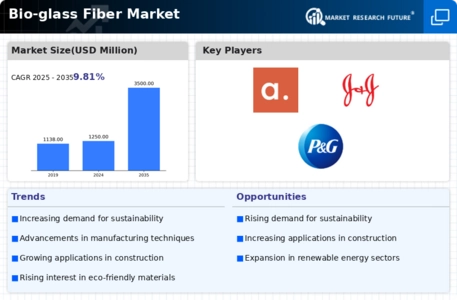
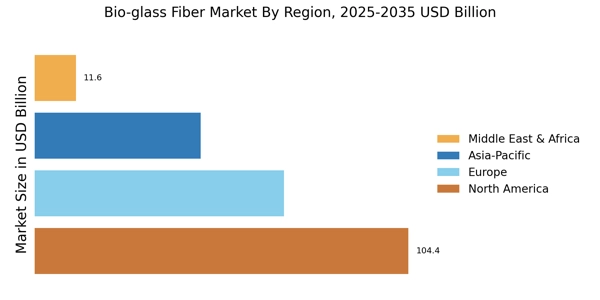


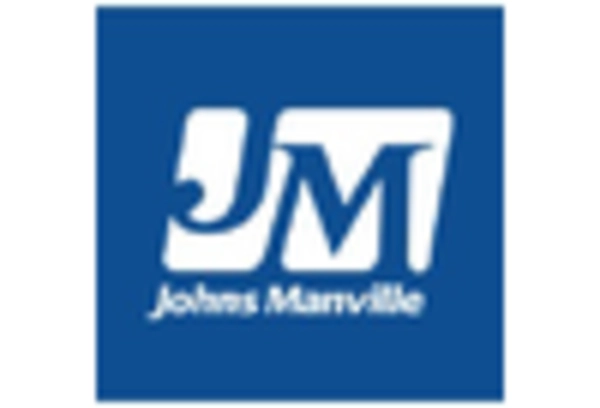
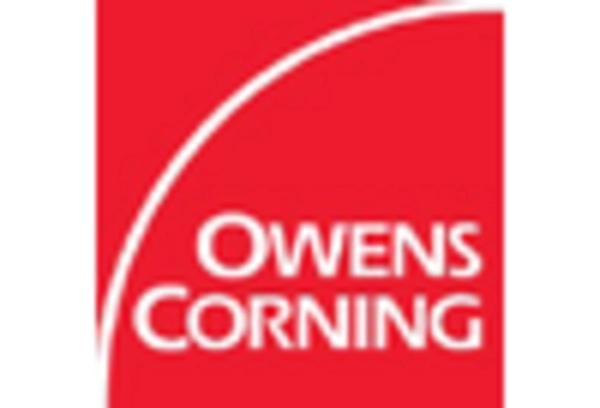

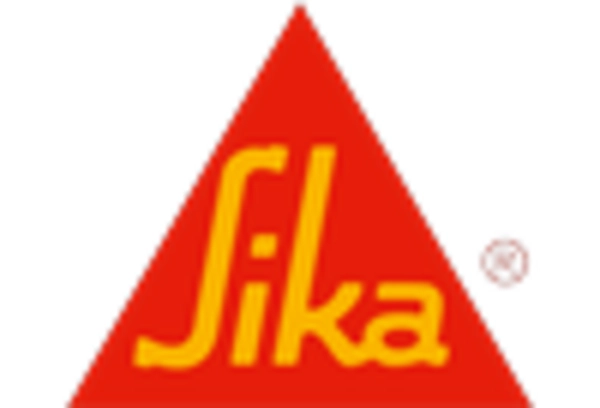








Leave a Comment